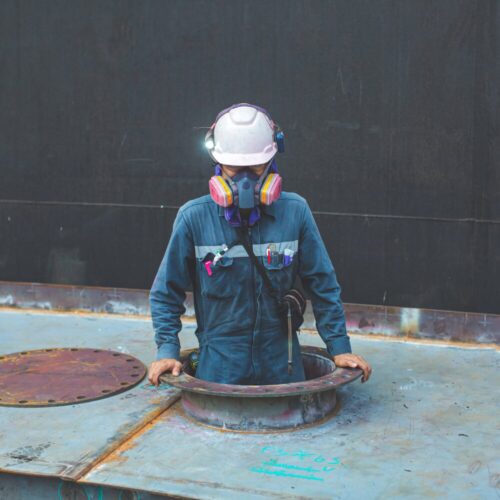Course Objectives
The aim of this training is to reflect the national occupational standard for controlling entry and arrangements at a confined space. This unit covers both water and non-water industry areas.
- Water: this may include working with potable water, sewage treatment processes, drain and sewer cleaning operations, or where the operative is working in or near water, or where a confined space is subject to surface water flooding.
- Non-water: this may include pharmaceutical, petrochemical, asbestos removal, vehicle manufacture and servicing, aeronautical, construction, communications, power, utilities gas, electrical and mechanical engineering, and some elements of work operations in mines, quarries, and tunnelling.

